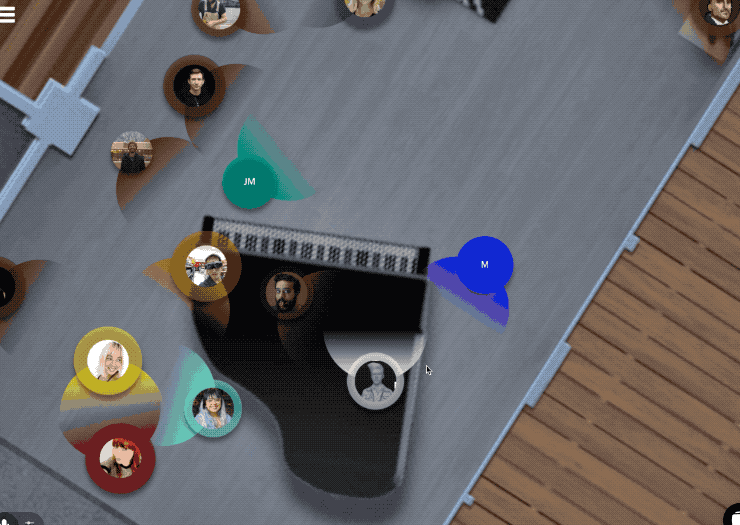From Charles' Finks preview of Augmented Reality in Action on Forbes.
1. It’s already here.
“What's visible to the consumer right now are tricks like masks, filters, and games that nibble at the edges of visual computing, but what's invisible is the way AR has been integrated into every day life. For example, most new cars have a heads up display: data projected onto the driver's windshield. Broadcast news and sports now routinely lay data, graphics, and animation onto the physical world. AR has become ubiquitous in ways that have nothing to do with smart glasses.”
2. It’s going to get bigger
“ 'AR is on the verge. It’s exciting to watch it take shape. In the end, it won’t even be called AR. That it will disappear,’ says Bob Metcalfe, Professor of Innovation at the University of Texas, Founder of 3Com, who famously formulated Metcalfe's Law, which states that the value of a telecommunications network is proportional to the square of the number of connected users of the system.”
3. It’s going to be really big
“ Many industry insiders see AR/VR as the fourth wave of modern computing following mobile computing, the internet, and personal computing. With each subsequent wave dwarfing the previous in market size and social impact, this is one wave you may want to catch. AR is likely to replace not only the majority of screens in use but alter the way we interact with computers forever.”
Read in full here: https://www.forbes.com/sites/charliefink/2018/01/15/aria-the-ar-conference-at-mit-is-the-anti-ces/#6f3bdd133e7c








